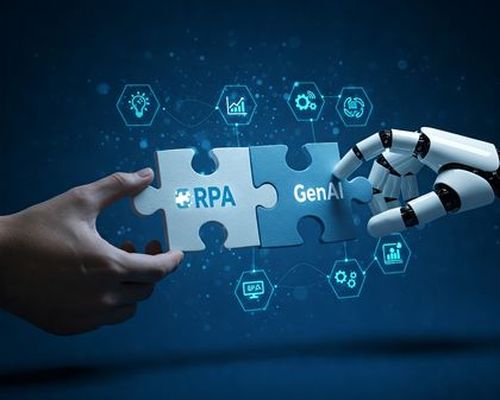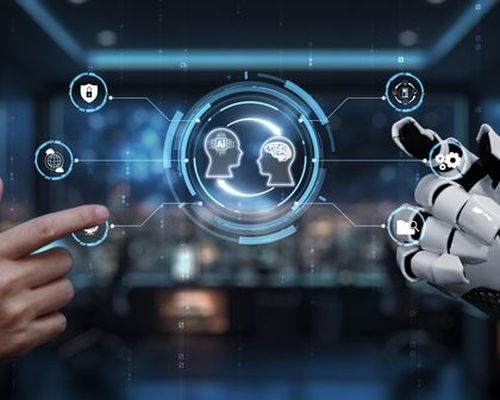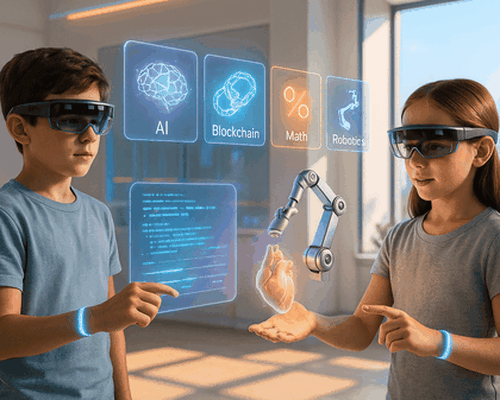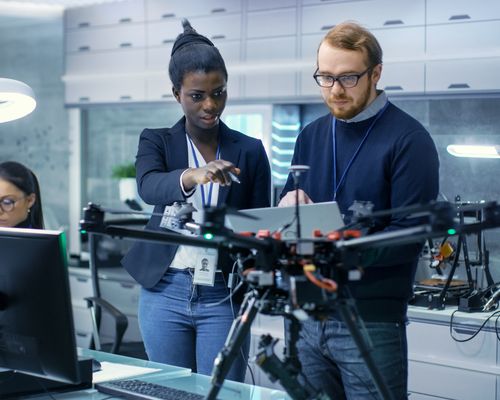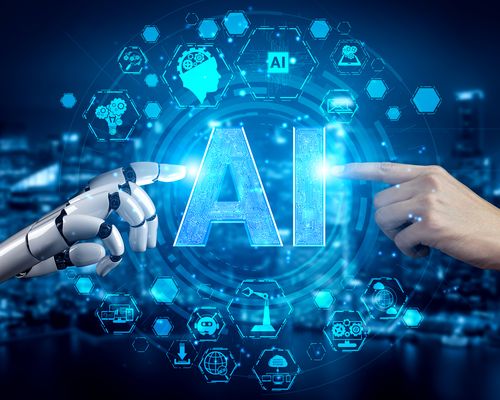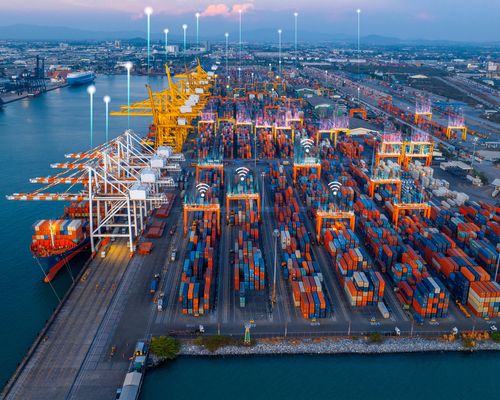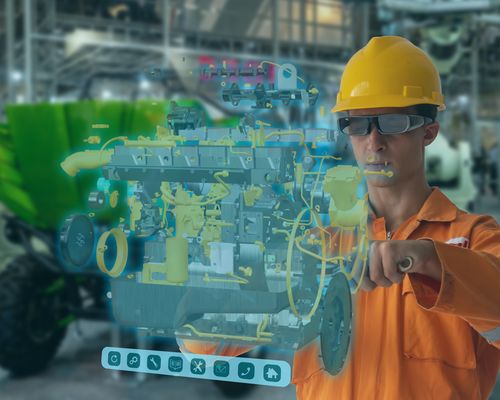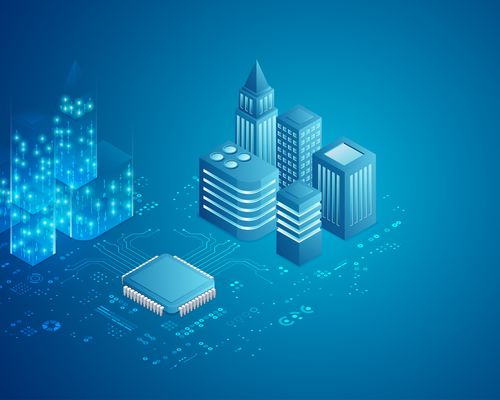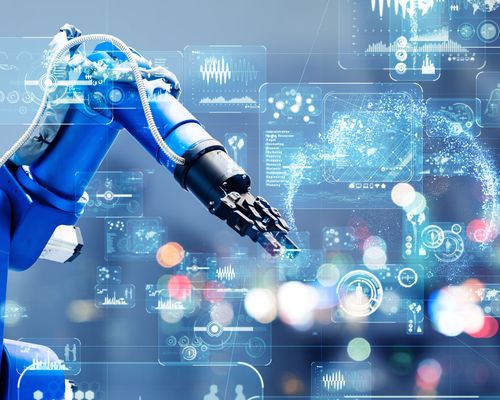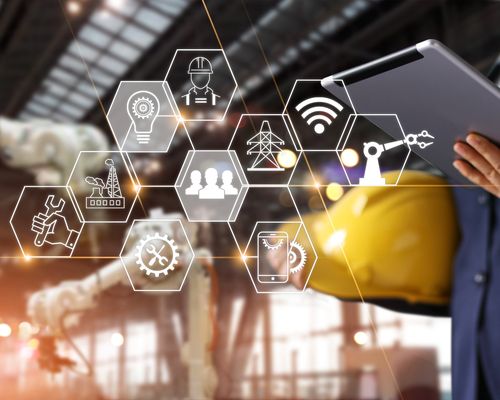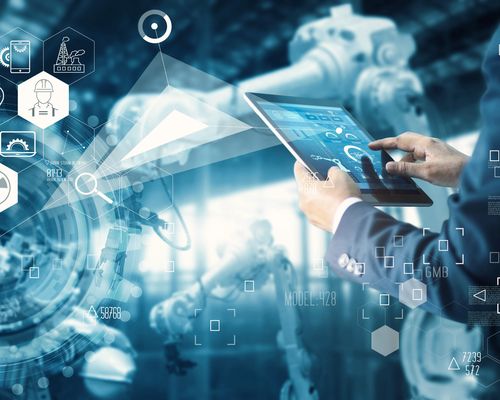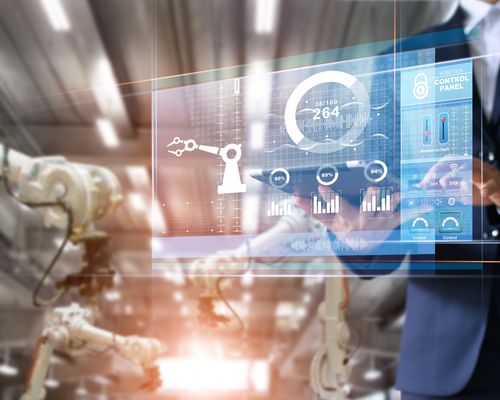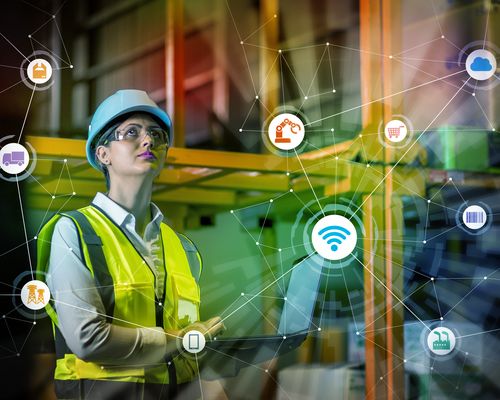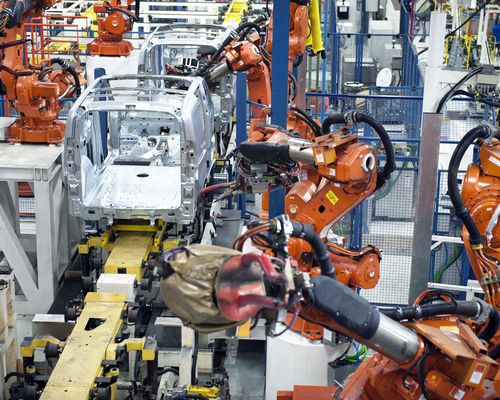
ITEA Challenge
Smart Industry

Introduction
After the steam engine, the assembly line and the success of digital technology, we are witnessing the 4th industrial revolution: the merging of real and virtual worlds. So Smart Industry is naturally one of our main challenges in ITEA. How do we cope with consumer demand for highly individualised products that are available fast, cheaply and with high-quality specs? What opportunities exist to integrate and effectively manage horizontal and vertical value chains? Where can digitalisation and connectivity be the allies of manufacturing and generate additional revenues? Just think of all the newly emerging, often disruptive, digital business models offering customers tailor-made solutions. If industrial software is the lubricant of Smart Industry, what are the smart innovations we need to secure a competitive and successful manufacturing industry in Europe?
Some facts and figures
- Manufacturing is very
important all around the world:
- Between 1990 and 2011, manufacturing value added saw robust growth, up to around EUR 6,577 billion. Over that period, the traditional industrialised countries saw their average manufacturing value added increase by 17%, while this figure was 179% in emerging industrial countries, which now represent 40% of the total manufacturing value added worldwide. [5]
- Manufacturing is a hefty contributor to trade, R&D and productivity, generating 70% of exports in major manufacturing economies – both advanced and emerging – and up to 90% of business R&D spending. Driven by global competition in many subsectors, manufacturing's share of productivity growth is twice its share of employment in the EU-15 nations and three times its share of US employment. [6]
- Data is often referred to as the raw material of the 21st century. Indeed, the amount of data available to businesses is expected to double every 1.2 years. [5]
- The market for 3D printers and related services rose to EUR 1.6 billion in 2012, and is estimated to rise by about EUR 4.4 billion annually through to 2017. [5]
- The Siemens Amberg Electronics Plant Showcase: production is largely automated. Machines and computers handle 75% of the value chain on their own; a quarter of the work is done by people. Production volumes are up eightfold and production quality at EWA is at 99.9988 percent. [7]
Imagine …
Imagine the manufacturing landscape of the future where robots undertake many human tasks. Think of the
opportunities this intelligent automation will create, enabling integration throughout the value chain
and allowing consumers to take the reins of 'control' and be the co-creators and co-makers of
affordable, personalised products and services. Imagine a more sustainable, circular economy in which
waste is minimised and use maximised. Where digital twins virtualise processes, products or services.
Where all sorts of fascinating possibilities are facilitated by innovative software solutions.
Imagine what is possible when we dare to dream, when we reach for the stars in a galaxy full of
opportunities…
References
[5] Industry
4.0 – the new industrial revolution, how Europe will succeed. Roland Berger Strategy
Consultants,
March
2014.
[6] Manufacturing
the future: The next era of global growth and innovation. McKinsey Global Institute Report,
November
2012.
[7] Factsheet:
Amberg Electronics Plant. Siemens AG, February 2015.

Projects related to the challenge Smart Industry




ATLANTIS
Video-bAsed generaTive code using adversariaL AgeNts To buIld Software robots. Robots making Robots.




THOE
THOE - Transforming Education with Immersive Technologies, AR/VR, AI, and Blockchain






ResilientEnterprise
Improving Resilience of Enterprise Workforce and AI to Operational Challenges





EXPAI SmartIndustry
Integrating AI into smart control systems, and increasing productivity for industrial areas




MIRAI
Machine Intelligence for smart and sustainable planning and operation of IoT and Edge







CyberFactory#1
Addressing opportunities and threats for the Factory of the Future (FoF)



I2PANEMA
Intelligent IoT-based Port Artefacts Communication, Administration & Maintenance




MOSIM
End-to-end Digital Integration based on Modular Simulation of Natural Human Motions


SAMUEL
Smart Additive Manufacturing – an AM Intelligent Platform






OPTIMUM
OPTimised Industrial IoT and Distributed Control Platform for Manufacturing and Material Handling






VMAP
A new Interface Standard for Integrated Virtual Material Modelling in Manufacturing Industry



AVANTI
Test methodology for virtual commissioning based on behaviour simulation of production systems


